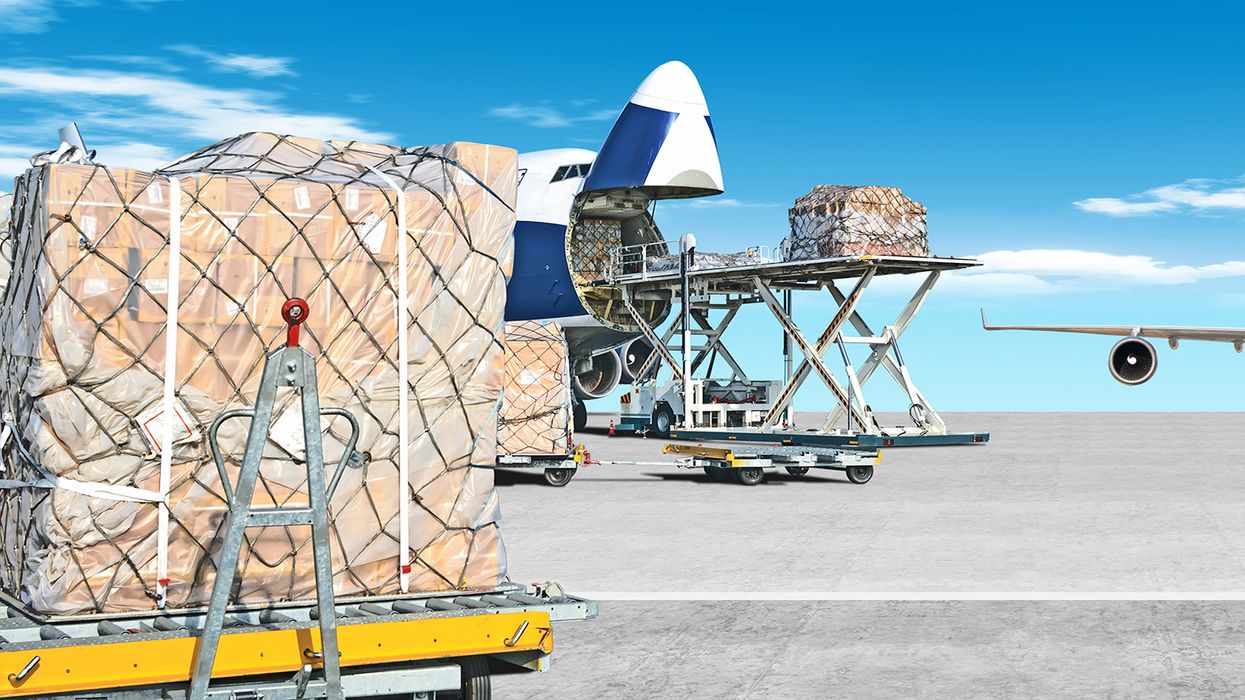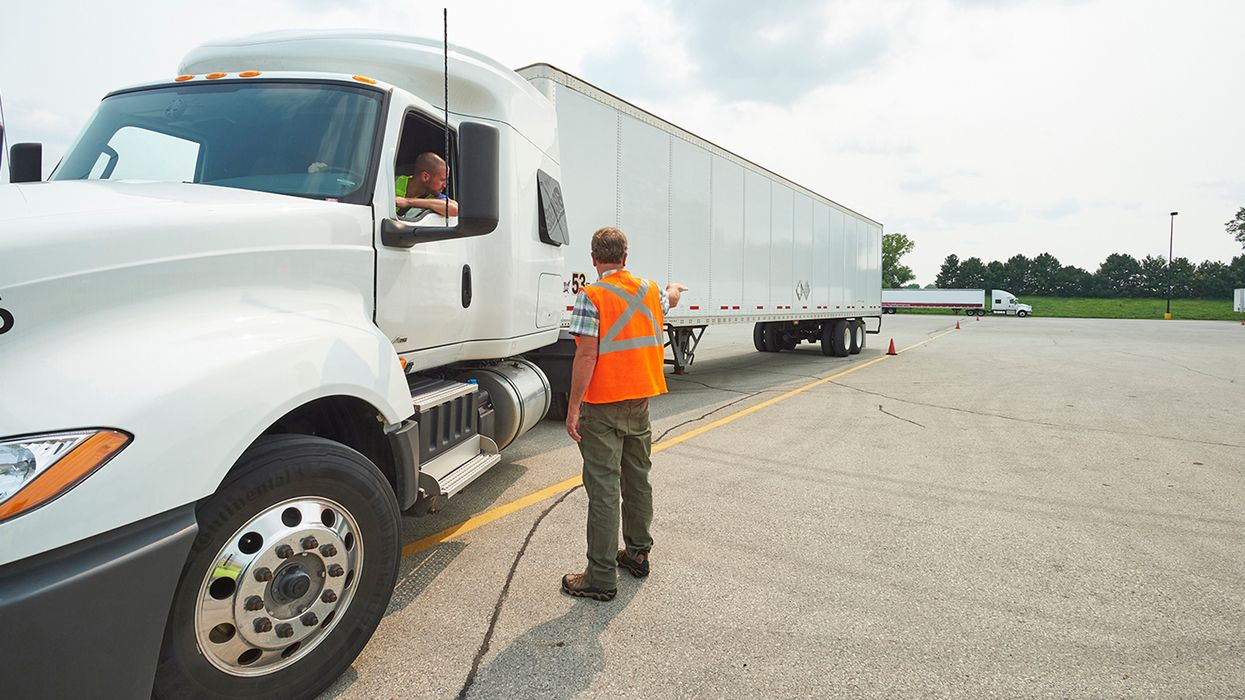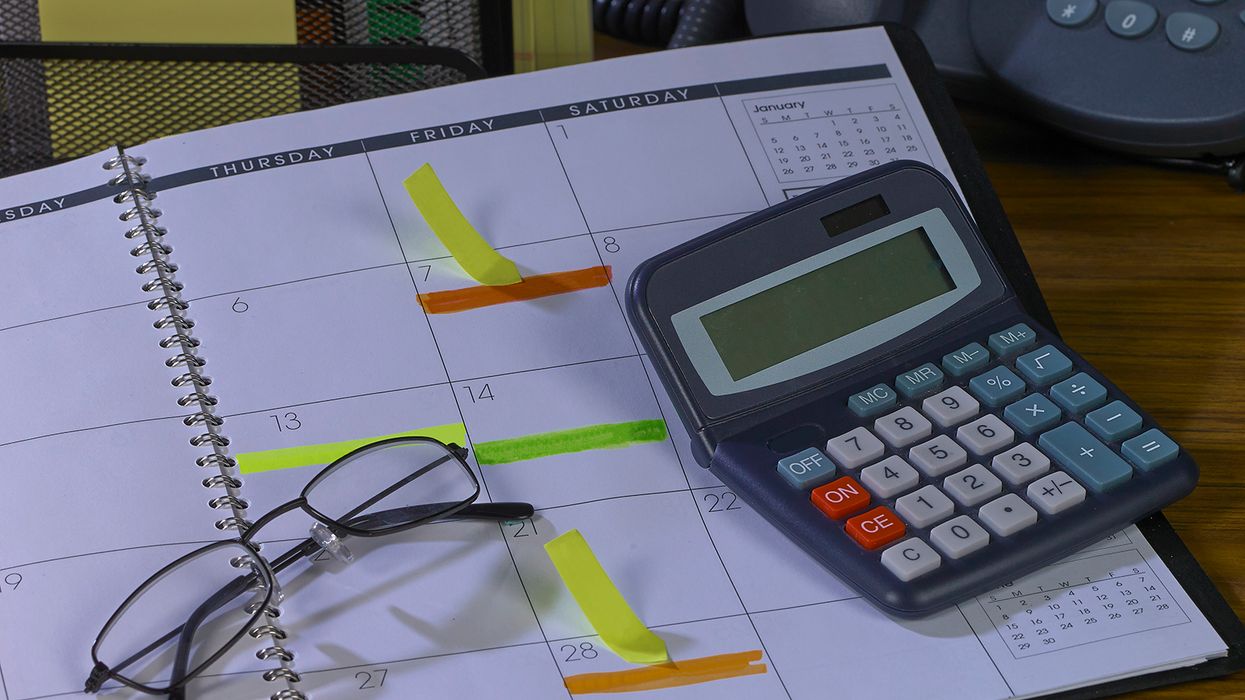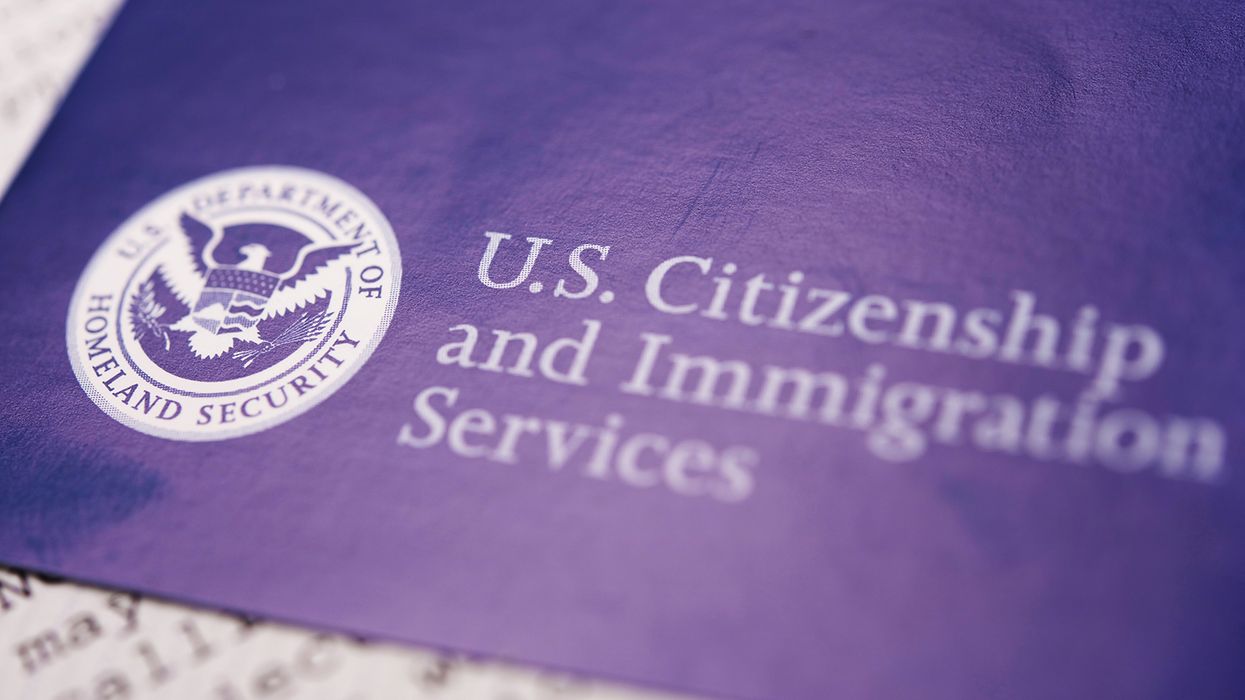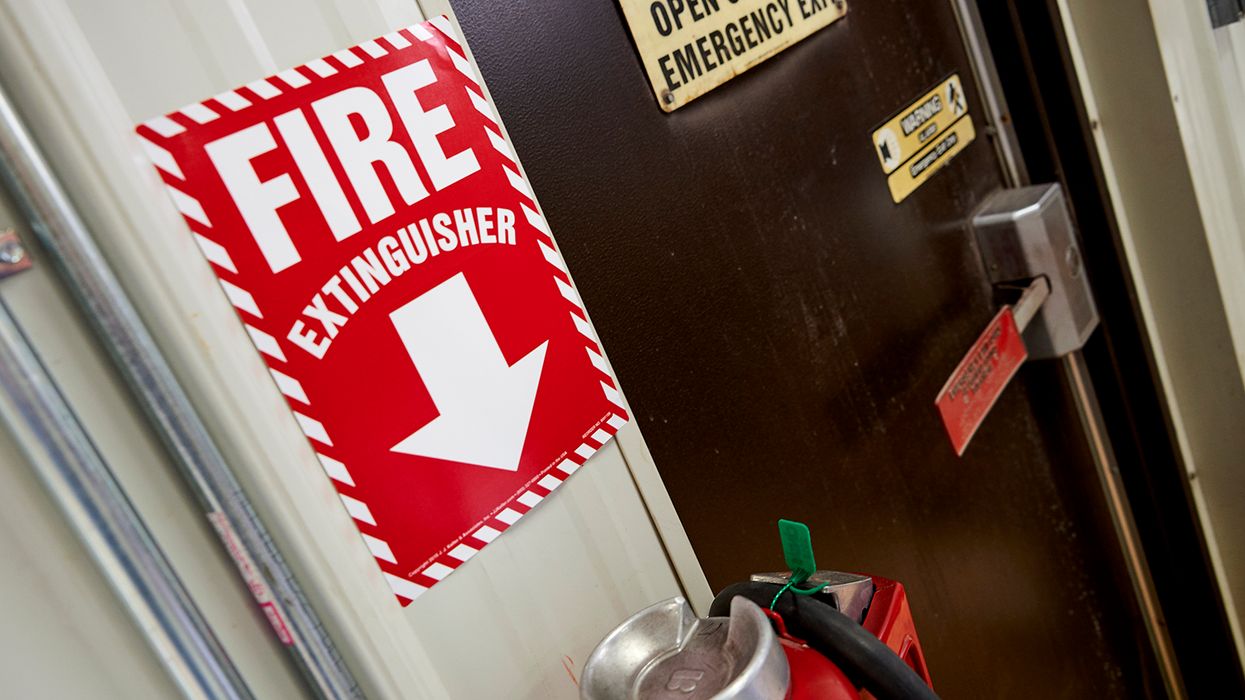What’s new with the 2025 IATA DGR
The latest updates in international air transportation safety are reshaping how dangerous goods are managed worldwide. From new classifications for fire suppressant devices to expanded exceptions for pharmaceutical products, the 66th Edition of the International Air Transport Association’s Dangerous Goods Regulations (IATA DGR) is set to make a significant impact in the new year. Effective January 1, 2025, the 66th IATA DGR introduces essential updates and new entries designed to enhance safety protocols and streamline global operations.
The latest edition of the IATA DGR incorporates all amendments from the 2025-26 edition of the International Civil Aviation Organization (ICAO) Technical Instructions. Staying informed and compliant with these regulations will ensure smooth and secure operations in 2025 and beyond.
Need additional information about IATA? Check out this ezExplanation.
Key changes
Updates to classifications and exceptions include:
- The term "metal powders" now aligns with the UN classification.
- List of Category A pathogens now include monkey pox virus as Category A when in culture form only. The World Health Organization now references monkey pox virus as "mpox".
- Exception for COVID-19 vaccines has been expanded to cover all pharmaceutical products packed in a form ready to be administered. This also applies to those items in clinical trials.
New entries to the List of Dangerous Goods include:
- UN0514, Fire suppressant dispersing devices, Division 1.4S.
- UN3559, Fire suppressant dispersing devices, Class 9.
- UN3554, Gallium contained in manufactured articles.
- UN355, Sodium ion batteries.
- UN3552, Sodium ion batteries contained in equipment.
- UN3552, Sodium ion batteries packed in equipment.
- UN3556, Vehicle, lithium ion battery powered,
- UN3557, Vehicle, lithium metal battery powered.
- UN3558, Vehicle, sodium ion battery powered.
Changes and additions to special provisions include:
- A40: Expands the application of liquid desensitized explosives in Class 3.
- A69: Includes reference to gallium.
- A144: Clarifies the appropriate aircraft limitation is "passenger and cargo aircraft" when the special provision is applied.
- A228: Added to clarify the classification differences between sodium ion cells and batteries with an organic electrolyte and those batteries with an aqueous alkali electrolyte.
- A232: Added to distinguish between the classification of fire suppressant dispersing devices between Division 1.4S and Class 9.
Packing instructions with changes include:
- 5.2.0.8: Amended to enhance the protection of valves on cylinders and closed cryogenic receptacles, including references to design standards for shrouds, permanent protective attachments, and valves for non-refillable cylinders.
- PI 961: Now includes UN 3559, Fire suppressant dispersing devices, ensuring they are packed safely for transport.
Finally, Appendix A includes several changes to the defined terms in the Glossary, ensuring clarity and up-to-date terminology.
The updates listed above are not the only changes to the 2025 IATA DGR. However, they do show IATA's commitment to enhancing safety and efficiency in the transport of dangerous goods. Staying informed and compliant with these regulations will ensure smooth and secure operations in 2025.
Key to remember: If you are shipping dangerous goods by air, make sure you are using the appropriate IATA DGR, so you can stay in compliance with changing requirements.

